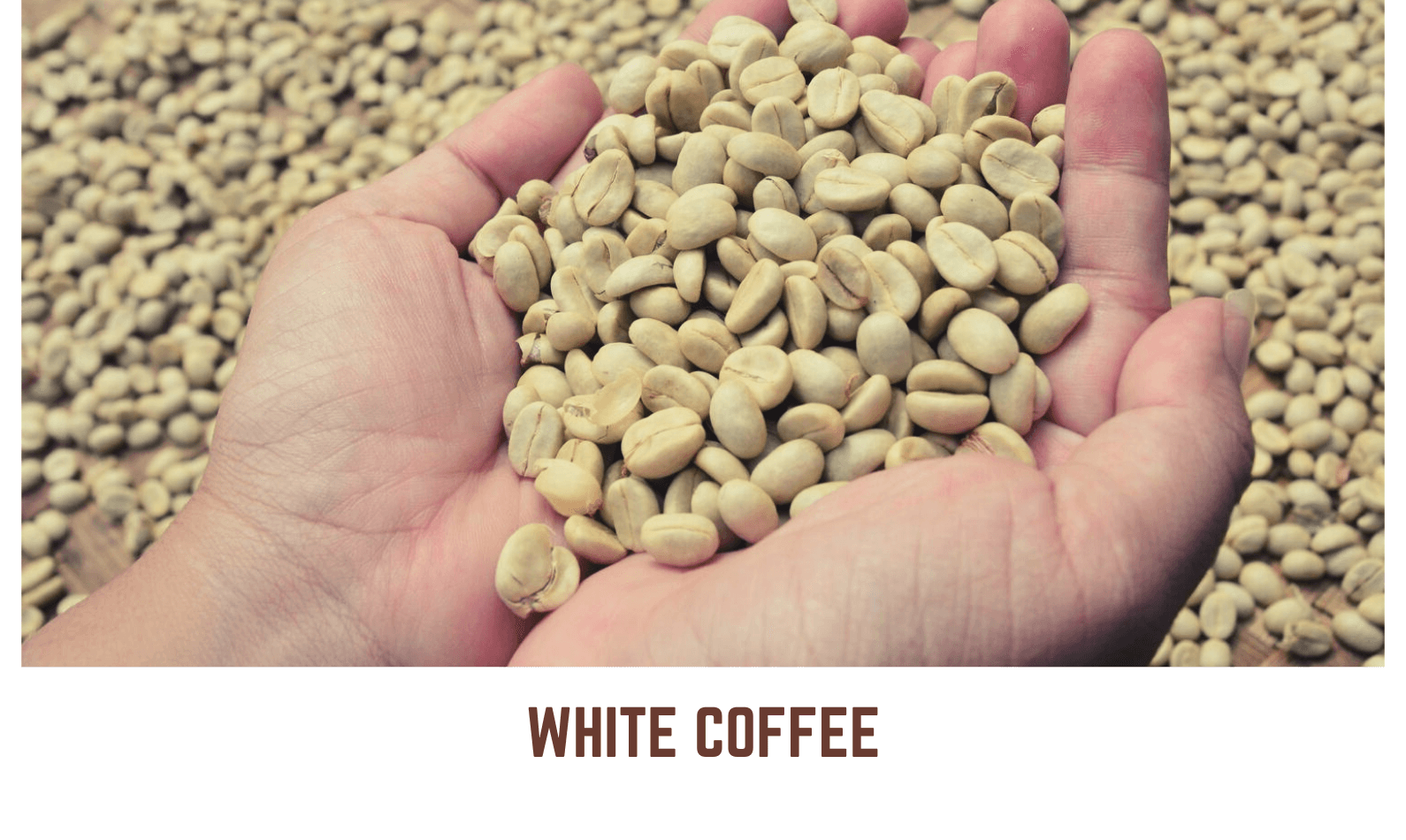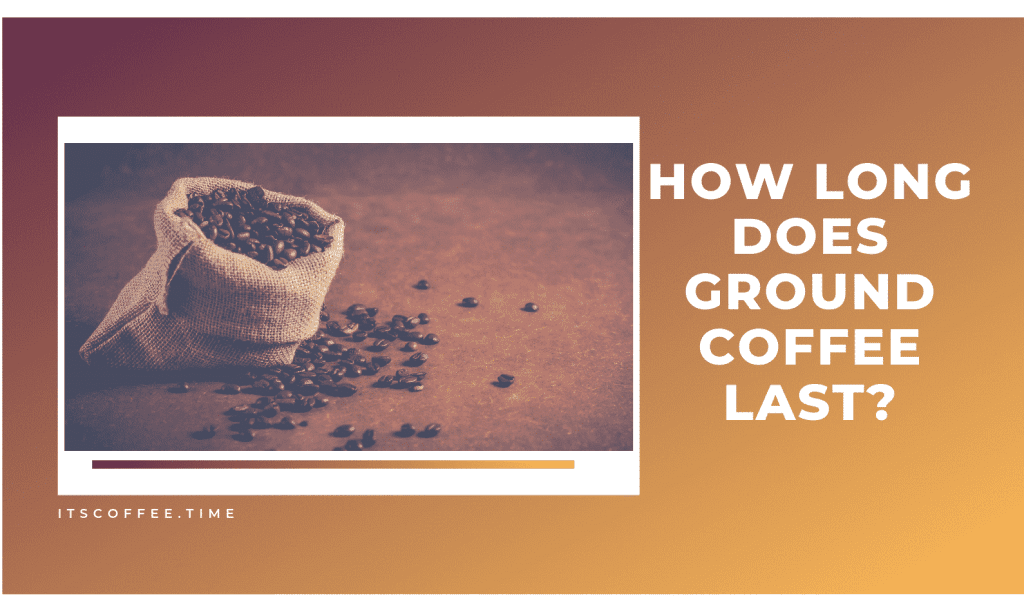What is white coffee? There seems to be a new way of drinking coffee every two weeks. Surprisingly, innovations continue to exist around this drink that has existed for centuries. But here we are. One of these innovations is white coffee. It’s not just a crazy new trend. There are actually some fantastic effects of milk, but what is it really? You have come to the right place if you are curious about the explanation behind this new type of roast and if you are trying to try it yourself. We will start by describing what makes white coffee special; then, we will share some of our best options.
What I white coffee? Maybe you’ve seen it marketed in hipster cafes as the latest fad or the best way to achieve maximum caffeine. Read on to find out what this drink really is and if you should consider swapping your normal dark Joe cup.
Background & Origins of White Coffee:
White Coffee may be the latest trend, but it actually has a long history originating in the Middle East. It has nothing to do with adding bleaches such as milk or cream and should not be confused with flat white; instead, it refers to an extremely light roast started in Yemen. So light that the beans do not even take on the characteristic dark coffee of traditionally roasted coffee.
The beans are roasted coffee of this special (1) to about 325 F instead of 450 to 480 F for from clear to dark roasts. As a result, they are tough and must be ground with specialized commercial mills. Once produced, the resulting java cup is light beige.
What Makes White Coffee White?
This is a very reasonable question because, as we all know, coffee beans begin their life as small green beans and then turn brown during the roasting process. Where does the white color come from?
It turns out that the white color is always there. During a typical roasting cycle, the beans begin to lighten and then quickly turn brown. As the roasting progresses, these beans become increasingly dark, hence the terms “light roast” and “dark roast”.
But if these beans are roasted at a much lower temperature (typically 100 degrees Fahrenheit less than normal), a nice white color can be maintained. It’s not just about color. Some of the main benefits of roasting coffee at this lower temperature have to do with caffeine’s content and flavor.
Does White Coffee have more Caffeine?
Believe it or not, milk contains more caffeine. This is because as the roasting process becomes more intense, the beans’ caffeine content actually decreases. For this reason, darker roasts will do less to cheer you up in the morning than lighter roasts (although the strong flavor of a good dark roast can certainly be a little uplifting).
However, the high caffeine content of milk may not be beneficial for you. While it is often marketed with 50% more caffeine than traditional roasts, milk actually has only 5% more caffeine than we are used to. This small difference is insignificant, so don’t count on the café con Leche as a kind of super energy drink. Please do not drink it for caffeine, but definitely take it for its pleasant taste.
Is Black Coffee Better for you?
White roasted coffee is regularly marketed as a health elixir due to its low-temperature roasting. Advocates claim that light roasting leads to an increase in chlorogenic acid (3), an antioxidant molecule that protects against cardiovascular disease and reduces inflammation. This is certainly true, but not to the extent that black coffee is worth changing if you don’t really like the drink.
What does White Coffee Taste like?
Since all the various flavoring compounds found in coffee arrive at different stages of the roasting process, the range of roasting levels can be expected to follow a pattern. In general, lighter roasts are brighter and offer more fruit notes than chocolate notes.
There is a wide range of flavors between brands, so there is no sure way to know what flavor a respective country uses in its mixes. In this sense, it is recommended to order white coffee by country to enjoy the flavor of different places in the world and determine which country you like best.
The beans from Colombia and Brazil will tend to have milder walnut flavors. In contrast, the African beans from Kenya or Ethiopia will be simpler, and the Indonesian beans from Sumatra will be more aromatic. The natural sugars in the beans are not caramelized, so there are no caramels. The bitter aftertaste and the organic acids present in the beans do not evaporate, producing a brilliant acid taste.
In general, light roasts highlight the subtle characteristics of single-origin grains, and this function is enriched by extremely light roasting. Choosing beans will have a significant impact on the final product, and this roasting method is a great way to experience the nuances of beans from different regions. The same pattern applies to the café con Leche, which is somehow simply a super light roast. For this reason, coffee with milk is quite bright and acidic. You can expect to struggle to find bitter notes or any other common flavors in darker roasts (e.g., raisins and malt).
In addition to these expected flavors, the café con Leche also has an amazing nutty flavor. This aspect is one of the most interesting tasting characteristics of this particular roast. Look for some notes of almonds and walnuts.
How to Prepare White Coffee?
When using instant coffee
- Dissolve a teaspoon of White Coffee Powder in a portion of boiling water.
- Heat a cup of milk in the microwave or on the stove. To make it a little velvety, you can use beat milk.
- Pour a portion of coffee into the milk and serve immediately.
Where can I buy White Coffee?
If all of this sounds good to you and you’re trying to start making your own milk, the first step is to get well-roasted beans. If you’re lucky enough to live near a coffee shop or artisan toaster, it’s worth checking if you have any. Make sure to speak to the bartender or toaster, and they will be able to direct you to a good introductory option that suits your tastes.
Some of the best options are also available online. Here are our top two options:
1. Poverty Bay Coffee, Tornado Blanco:
This particular blend is heavy on hazelnut notes and has a strong bump.
2. Wired Willey’s White Coffee:
We like this reliable and reliable Wired Willey’s coffee because it’s a great deal. Wired Willeys White Coffee has a unique nutty flavor along with the maximum amount of caffeine. Extremely lightly roasted – lower acid than darker roasts.
How is white coffee beneficial for you?
- It can reduce the chances of cancer and stroke.
- Coffee with milk can help you lose weight as it has fat-burning properties.
- It prevents memory loss and keeps skin smooth.
- Maintain alertness, concentration, and prevent dizziness.
- It helps you feel better during the depression.
- Reduces the risk of type 2 diabetes.
What are the Side Effects of white coffee?
- Caffeine can increase blood pressure, so people who have regular high blood pressure should limit their consumption or not consume it.
- Don’t abuse this drink. For a healthy adult, a safe amount of coffee is 400 mg/day. Drinking more than this can cause complications.
- Drinking too much coffee can cause headaches. If your body is used to it, it can sometimes handle it, but the headache can recur if you stop drinking it.
- Drinking coffee is not recommended for those with acid reflux. Caffeine affects the amount of acid in the stomach and can cause heartburn.
- Coffee can cause palpitations and shortness of breath.
- Coffee can be dangerous for pregnant women because caffeine slows the fetus’s growth and can cause a miscarriage.
Is it really White Coffee?
In short, no. However, it will be lighter than brown.
Now you know: milk isn’t actually a type of coffee drink; it’s a bean from the Middle East. Have you tried coffee with milk? Is it available in your local coffee shop, or have you tried to create one at home? Were you buzzing from extra caffeine, or did you feel an increase in health from extra chlorogenic acid?
Read more about Best Coffee Makers under $50 (2022)
Many regions of the world have their own milk options. Malaysian Ipoh coffee is considered a classic, made with fried margarine beans made from palm oil. Such a drink has no special properties and owes its popularity to good marketing.







